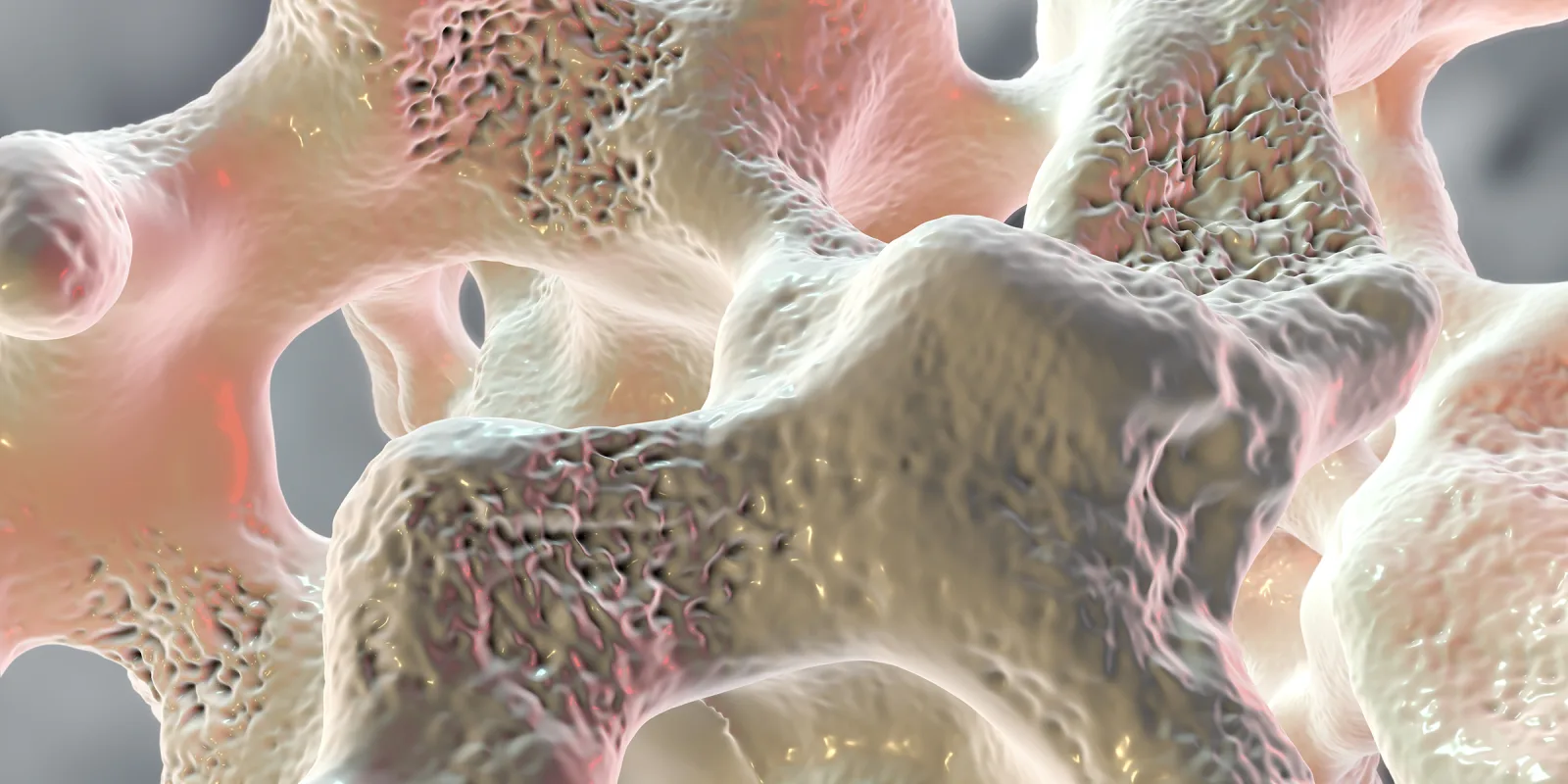Bone health is my passion and my most favorite topic in the field of endocrinology. So I try to take advantage of whatever sessions with information are available throughout the different meetings. It seems this year I did not need to wait until the ASBMR Annual meeting to get the most valuable updates as the Endocrine Society meeting included superb presentations on the latest and greatest news in the management of osteoporosis.
- Teriparatide label has changes:
The Teriparatide anabolic therapy had recent changes placed on its label that included the removal of the black box warning of the risk of osteosarcoma as well as the removal of the restriction of the limit of 24 months total duration of the treatment. Although no specific guidelines, or even recommendations, have been made by the experts on how to use the extra time of the Teriparatide therapy, endocrinologists treating patients with osteoporosis will have plenty of ideas on taking advantage of the medication action to help patients at high risk for fractures. One of my suggestions would be to consider revisiting the use of the medication and give another course of it to patients that got it in the past, especially if they showed a good response when they are presenting with deteriorating bones or new fracture events. Of course, we can also consider continuing the treatment for over the 24 months duration in patients that are currently taking the medication, especially when we see that there is a good response shown by improvement of the bone density and the bone markers.
- Sequence matters:
The sequence of how we prescribe the medications for osteoporosis management is very important. More and more studies showed the benefit of using anabolic treatment first, followed with antiresorptive treatment, to the point that there were negative effects seen when the opposite sequence was followed with bone loss noticed in several sites, the worst being at the hip. For example, the preferred order would be to give abaloparatide first, followed by denosumab and not the other way around.
- Very high risk category has been added:
There are guidelines for osteoporosis treatment through a lot of different societies, and everybody pretty much agrees that if the diagnosis is made correctly with the use of the different tests and tools available, there are more choices now for treating patients than ever before. A new category of the very high risk (versus high risk) patients has been introduced in most guidelines, and the criteria include (but are not limited to) patients with multiple fractures, very low bone density, unusually high FRAX scores, or just patients fracturing while on treatment for osteoporosis. The value of the distinction can be important for making the right treatment choices, and the proposed guidelines can help a lot in all of those cases. There is no doubt in my mind that even other specialties apart from endocrinology should take care of those patients and try to help them improve their bone health with the ultimate benefit of a better quality of life.
- Drug holiday need to be revisited:
Drug holidays are only appropriate for patients with bisphosphonates as those medications can stay in the bone for a longer period but should never happen for patients with denosumab. Patients should be evaluated on an individual basis to decide their response to the treatment and, if a drug holiday is appropriate, the patient needs to be followed and evaluated within the next 1-2 years. Patients on denosumab will require transition to different medication while off denosumab to avoid the risk of multiple fractures as the medication benefit is short-term and will disappear within a few months after the discontinuation of the drug.
Image by Kateryna Kon / Shutterstock







